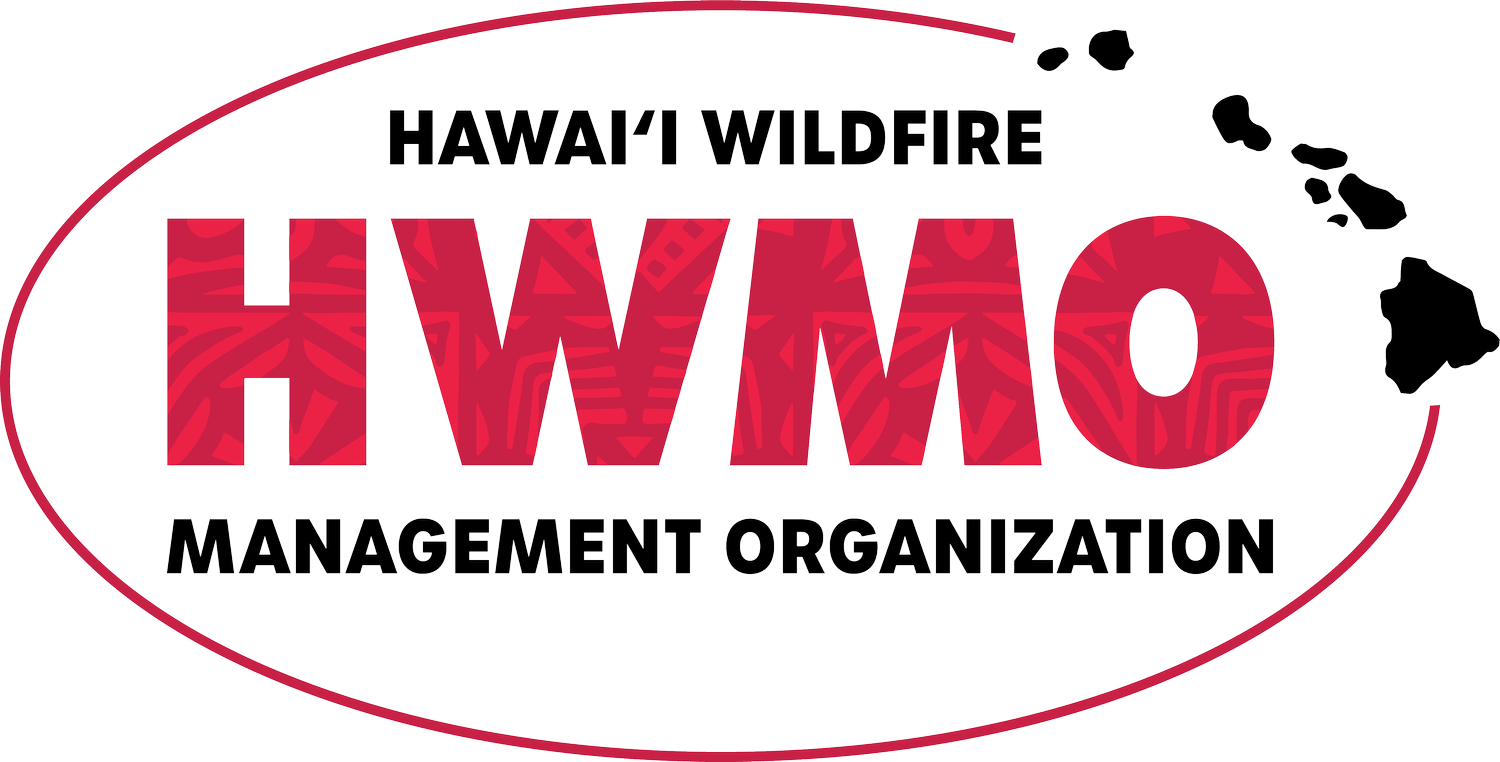“The recent nationwide emphasis on community fire planning provides an important new opportunity for Extension. This article presents a case study of Extension involvement in neighborhood fire planning. We describe how intensive neighborhood outreach, design, and delivery of educational programs and facilitation of a steering committee have improved neighborhood cohesion and interagency coordination in addressing wildfire issues in a 250,000-acre watershed.”
Compare Wildfire and Acres Burned
Middle School Science Education Journal
Home Assessment Tool
Disaster Preparedness and the Cooperative Extension Service
Builder's Wildfire Mitigation Guide
The Discovery Channel: Lesson Plan Library
Wildfires by Region: Observations and Future Prospects
"Global warming will alter fire regimes. Climate models predict that higher temperatures and longer droughts will increase wildfire frequency, particularly in semi-arid regions. Higher rainfall in some areas could reduce fire frequency, though it could also foster more vegetation, thus providing more fuel for fires."
Know Fire K-8th Grade Waikoloa Wildfire Safety Park and Demonstration Garden Curriculum
The Know Fire program is an all-encompassing education tool targeted towards K-8th grade. This curriculum covers activities focusing on basic fire science, fire ecology, fire prevention, and native Hawaiian plants and is meant for teaching at the Waikoloa Dryland Wildfire Safety Park at the end of Melia Street in Waikoloa Village.
